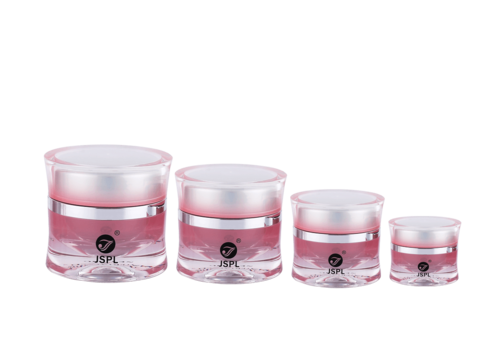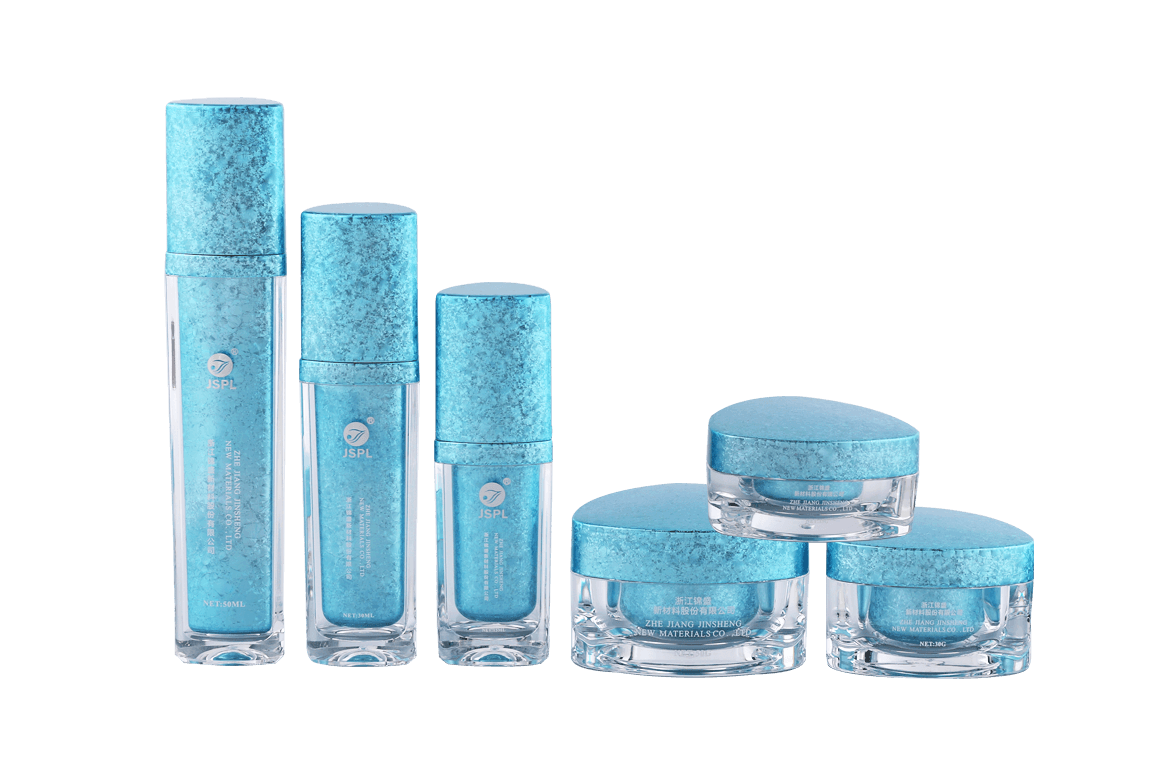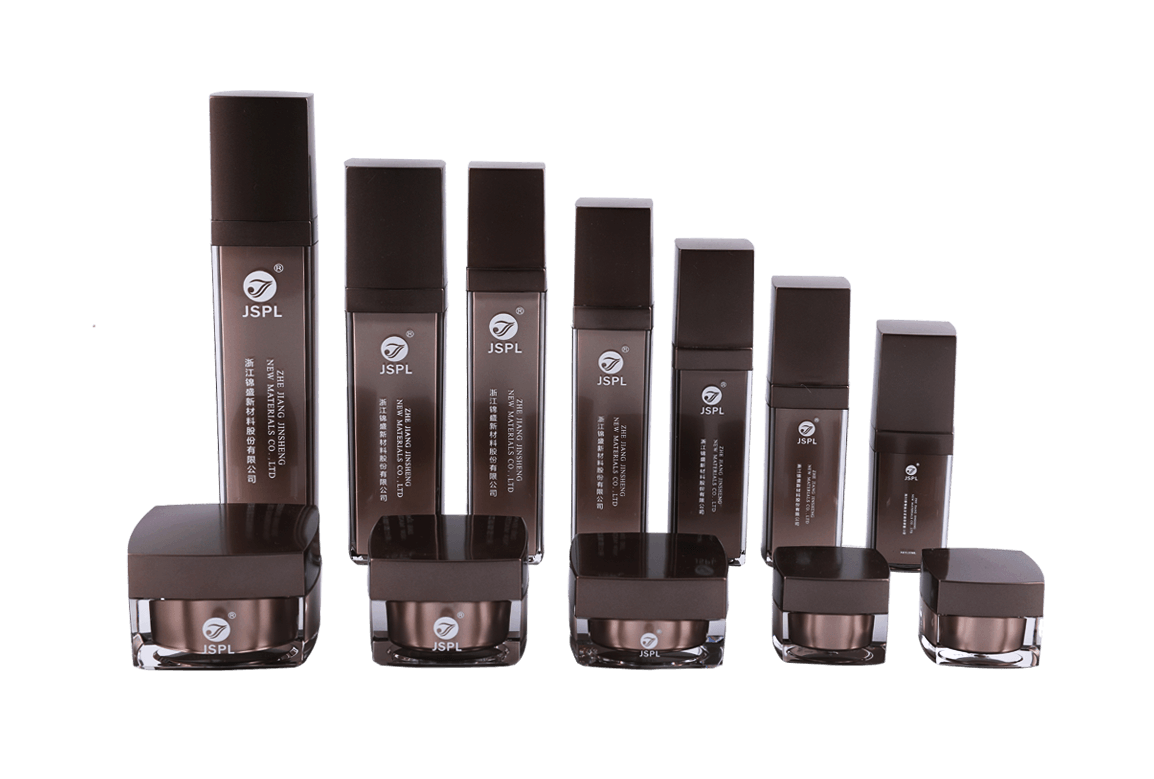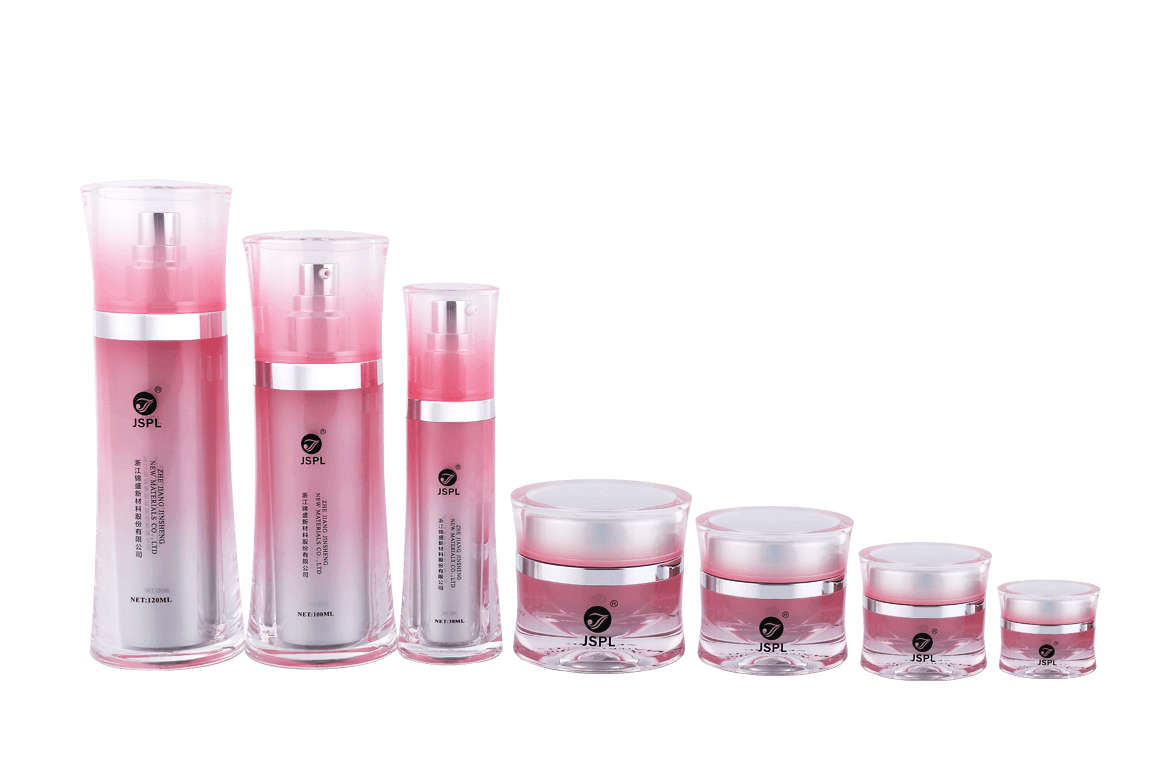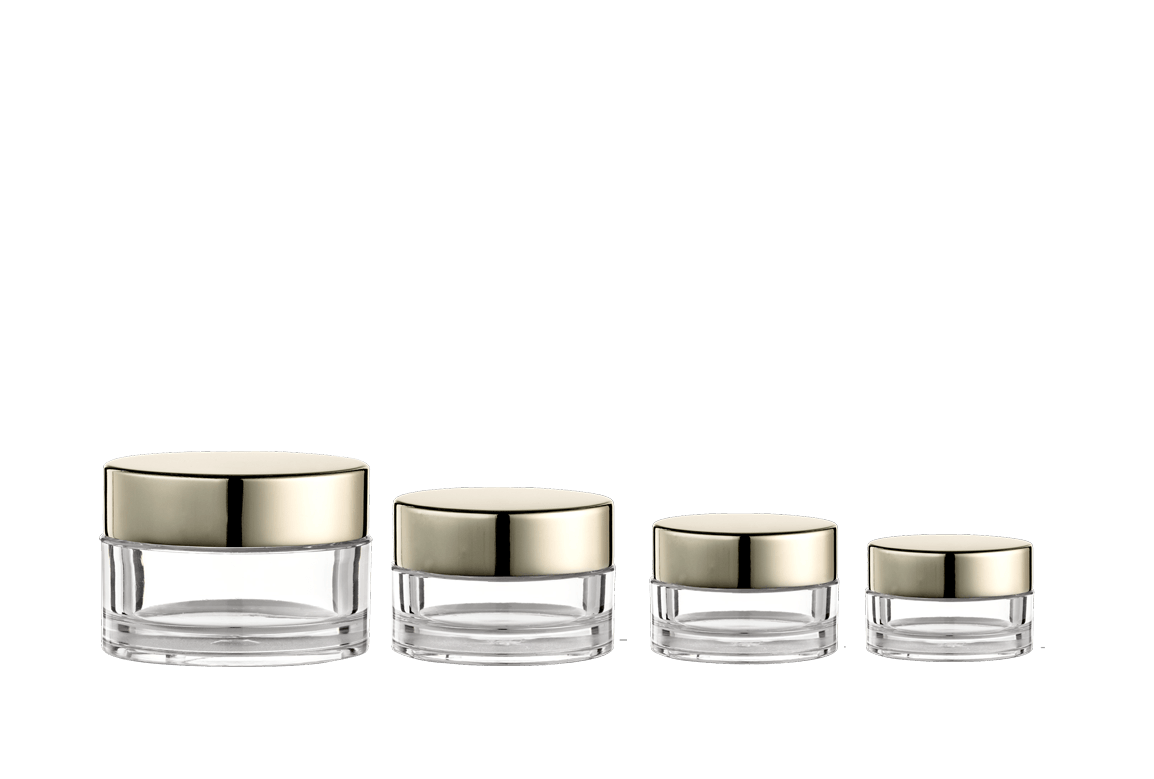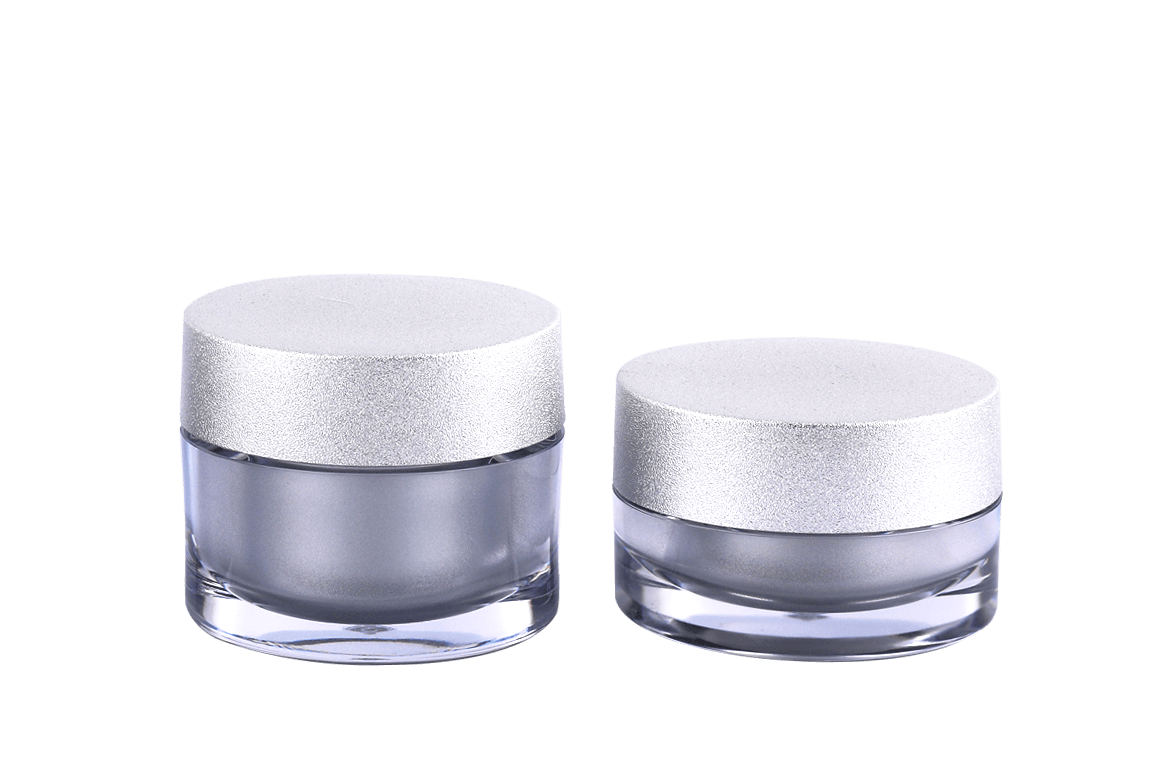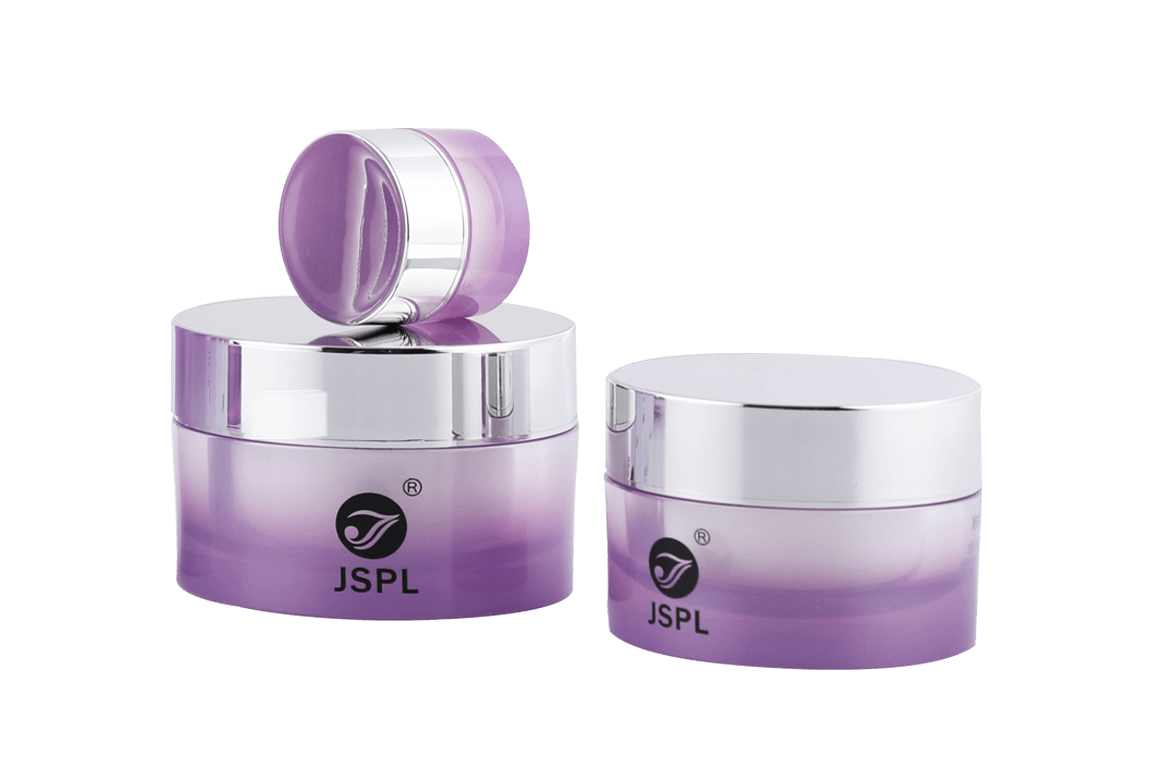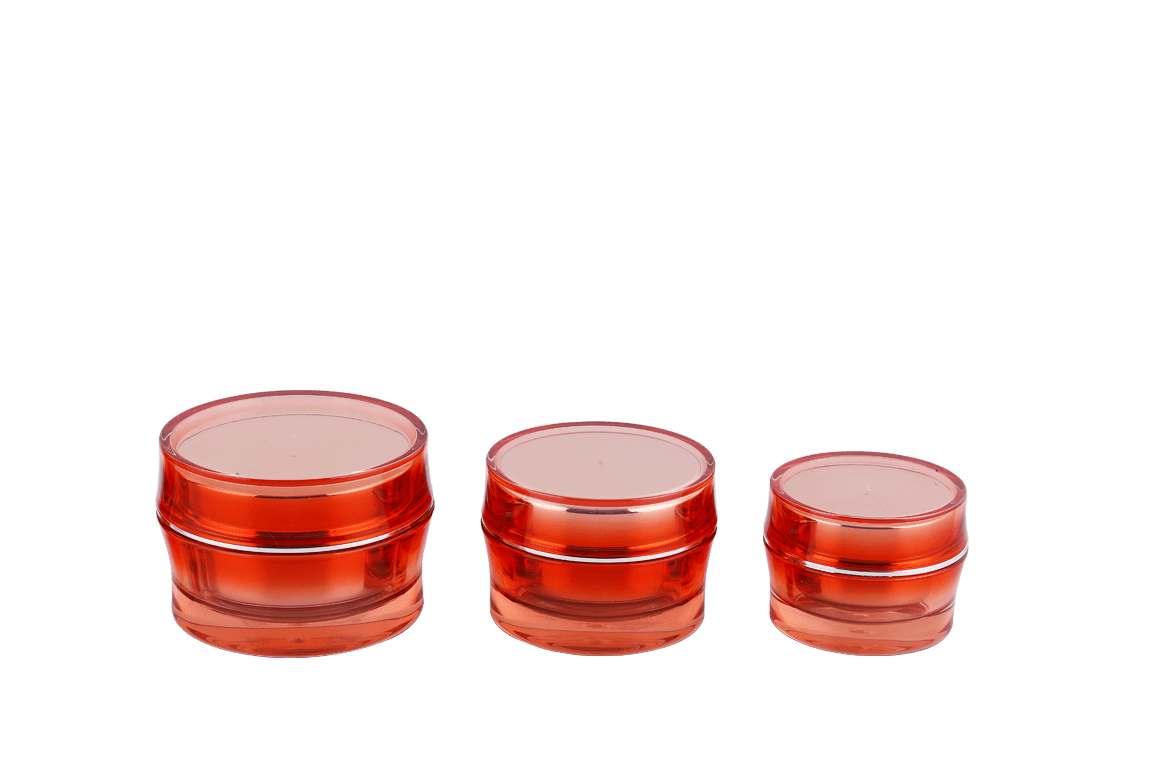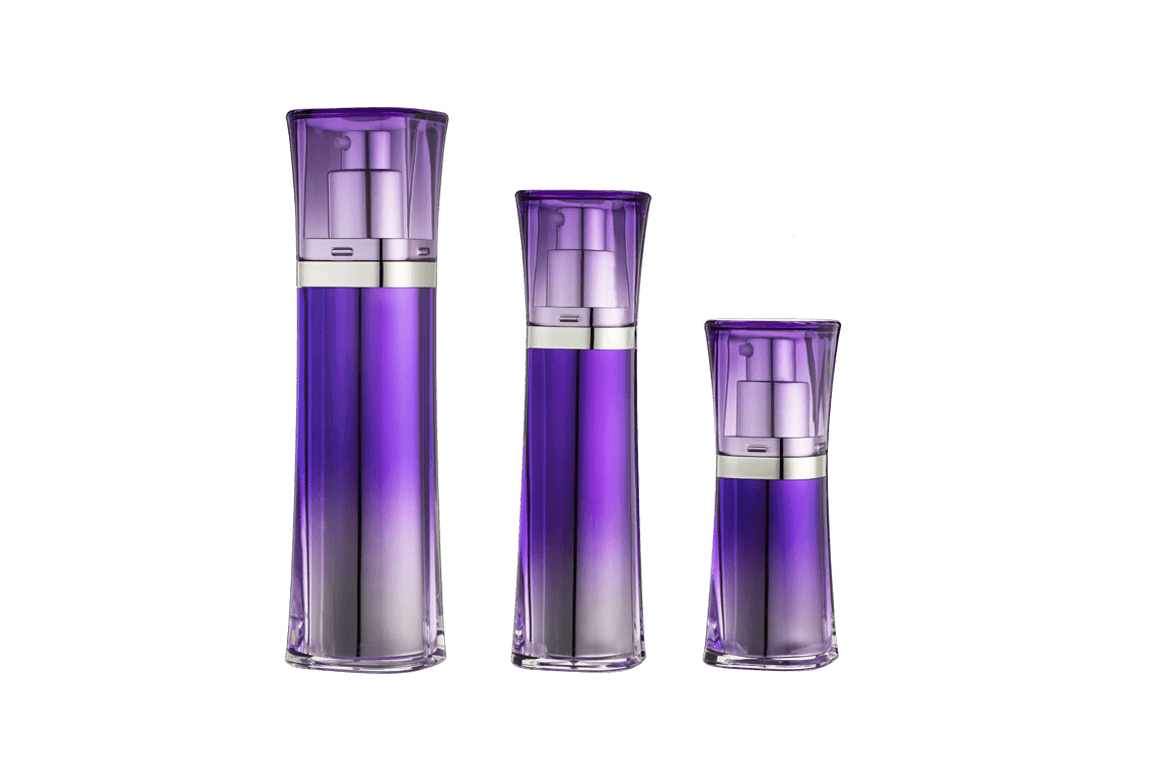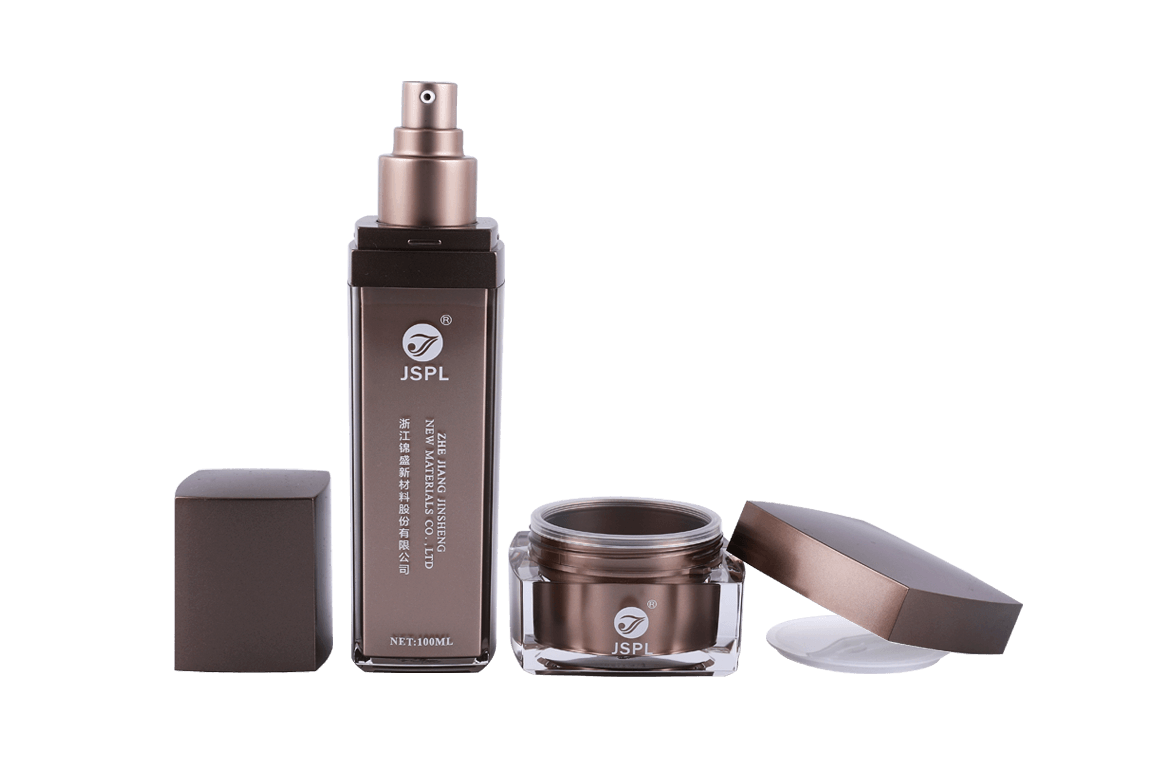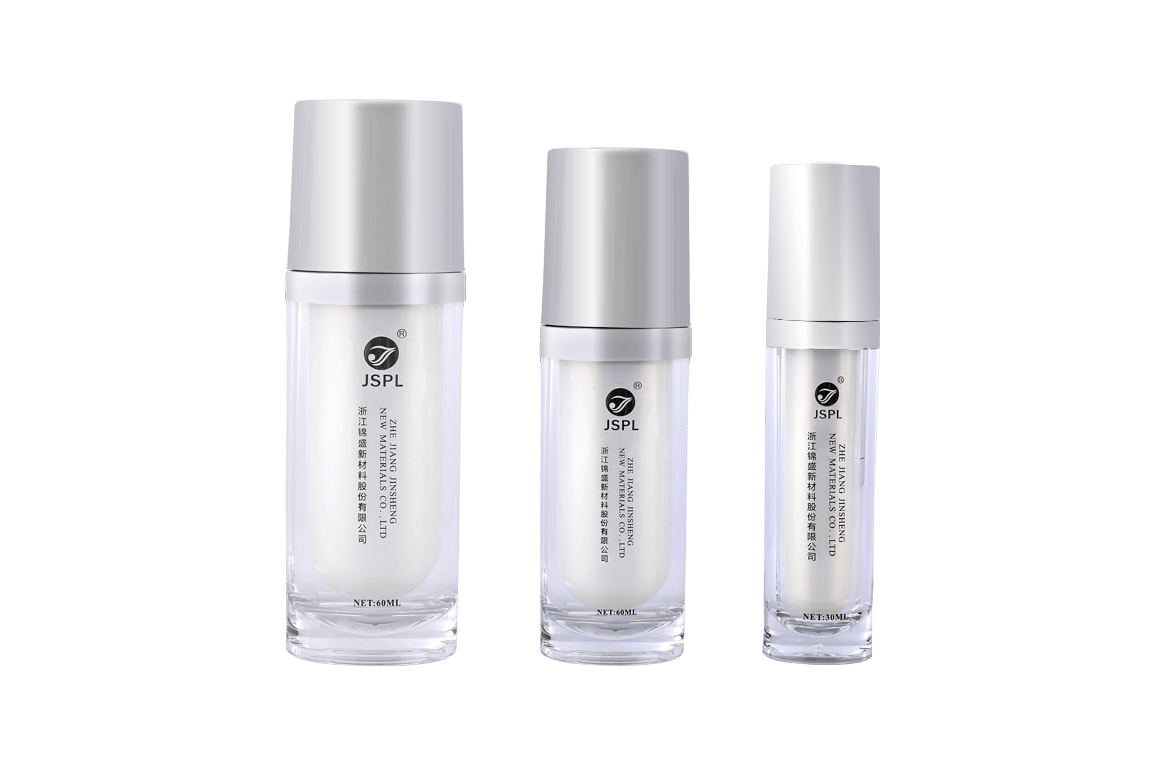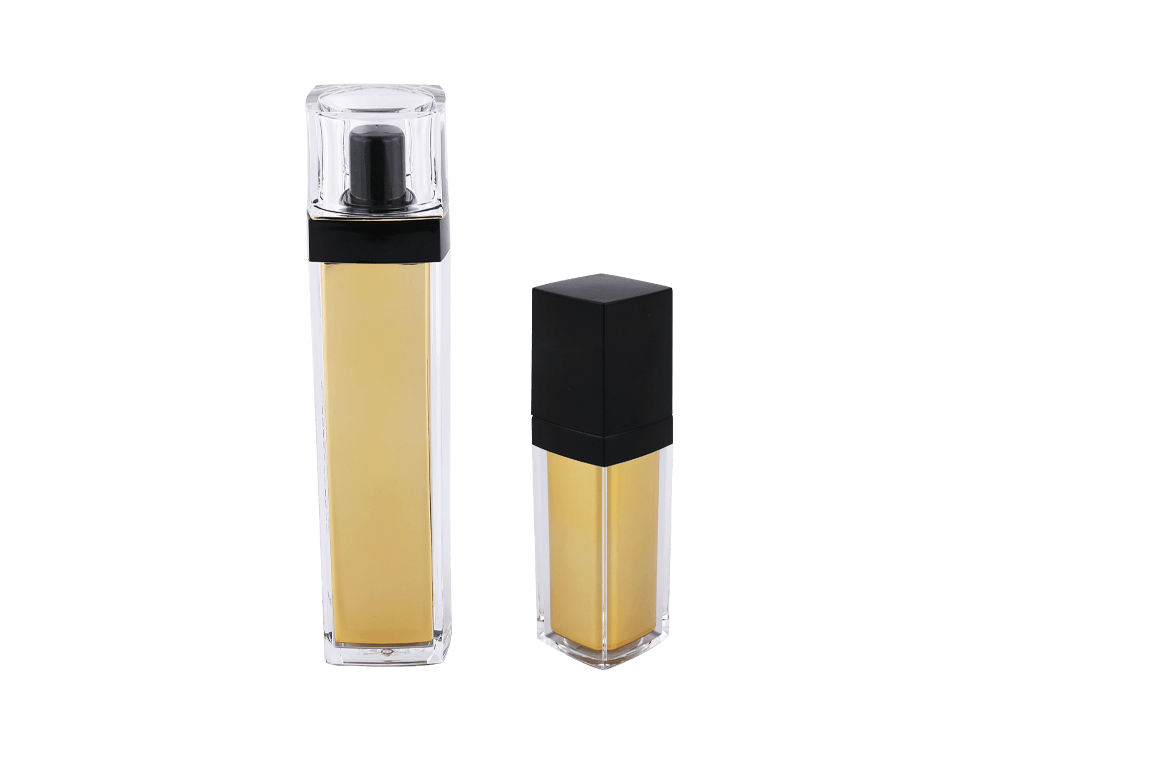Thread Design: Precision Geometry and Stress Control
Acrylic cream bottles, as a mainstream choice for cosmetic packaging, are crucial for high sealing performance, directly impacting the shelf life and quality of their contents (such as creams and serums). The thread design of the cap and bottle body is fundamental to achieving this seal.
1. Standard Thread Types and Depths
Common thread designs include continuous thread (CT) and helical thread. Professional acrylic bottles often utilize multi-start thread designs to increase threading speed and ensure uniform force distribution.
Thread Depth and Pitch: Thread depth must be precisely calculated to ensure sufficient axial pressure when screwing the cap in, but not too deep to cause stress concentration on the bottle neck. Thread pitch determines the feel and speed of screwing in and out, directly impacting the consumer experience.
Tolerance Control: Due to the different thermal expansion coefficients of acrylic and the PP and PET materials commonly used for the liner, thread tolerance control is critical during the injection molding and cooling processes. High-precision molds and rigorous quality control (QC) processes are essential for ensuring a perfect fit between the cap and bottle threads, preventing leaks or seizures.
2. Optimizing the Critical Sealing Surface
High sealing performance relies not only on thread engagement but also on the pressure generated by the thread structure, which maintains tight contact in specific sealing areas.
Top Seal: This is the most common sealing method. The cap features an inner ring or gasket. When tightened, it forms a vertical pressure seal with the flat surface at the top of the bottle opening.
Conical Seal: Some high-end acrylic bottles feature an inverted conical design. When the cap is tightened, the tapered inner surface mates tightly with the inner tapered surface of the bottle opening, creating a double seal. This design requires extremely high injection molding precision.
Snap-On Design: Quick Locking and Positioning Precision
In addition to traditional threads, snap-on designs are also commonly used for specialized cream or mask packaging applications requiring quick opening and closing, such as cushion products. Although not as widely used in acrylic cream jars as threads, the sealing principle is equally specialized.
1. Barb and Groove Structure
The core of snap-on design lies in the interlocking engagement between the undercut on the bottle cap and the groove or flange on the bottle body.
Locking Force: The angle and size of the barb determine the locking force. A professional snap-on design must balance ease of opening with seal retention. Insufficient locking force can cause the cap to dislodge during transport or dropping, while excessive locking force can compromise the user experience.
Positioning Accuracy: The snap-on design must ensure that the cap is precisely positioned in the sealing area when closed. Misalignment can cause the gasket or plug to shift, compromising the seal.
2. Combined Sealing Design
The seal provided by a snap-fit mechanism alone is generally weaker than that provided by threads, so additional auxiliary seals must be used.
Inner Lid/Disk: Almost all acrylic cream bottles that utilize snap-fit mechanisms or pursue extreme sealing properties are equipped with an inner lid made of PE or PP. The inner lid directly contacts the contents and snaps into the inner diameter of the bottle, forming the primary barrier seal.
Double-Wall Application: Acrylic bottles often utilize a double-wall structure. The snap-fit design locks the inner and outer liner together, and the elasticity of the inner liner provides additional radial pressure to aid sealing.
Key Auxiliary Components for High Sealing Performance
The mechanical pressure provided by the threads or snap-fit mechanism must be converted into a reliable sealing barrier by an elastic material.
1. Gasket and Liner
These are the unsung heroes of high sealing performance.
Gasket Material Selection: Common gasket materials include PE foam, Teflon (PTFE), or pressure-sensitive liner. The material with the best compatibility must be selected based on the chemical properties of the contents. For example, PTFE offers excellent chemical resistance to strong acid and alkaline creams.
How Pressure-Sensitive Liners Work: Pressure-Sensitive Liners (PS Liners) utilize the pressure of the cap screw to create a physical barrier on the bottle neck through an adhesive material. Even after opening, a thin film remains visible on the bottle neck, providing tamper-evident protection and an initial seal.
2. Torque and Seal Testing
Torque is a quantitative measure of sealing effectiveness.
Application Torque: The torque applied when tightening the cap must be precisely controlled on the production line. Too little torque results in insufficient sealing pressure; too much torque can crack the acrylic bottle neck or damage the threads. Professional packaging material suppliers will provide recommended torque ranges.
Leak Test: The final seal is verified by vacuum leak testing or pressure testing. By placing the sealed cream bottle in a vacuum or a specific pressure environment to observe whether there are bubbles escaping, we ensure that each product meets the preset high sealing standards.

 Chinese
Chinese España
España Italia
Italia Le français
Le français